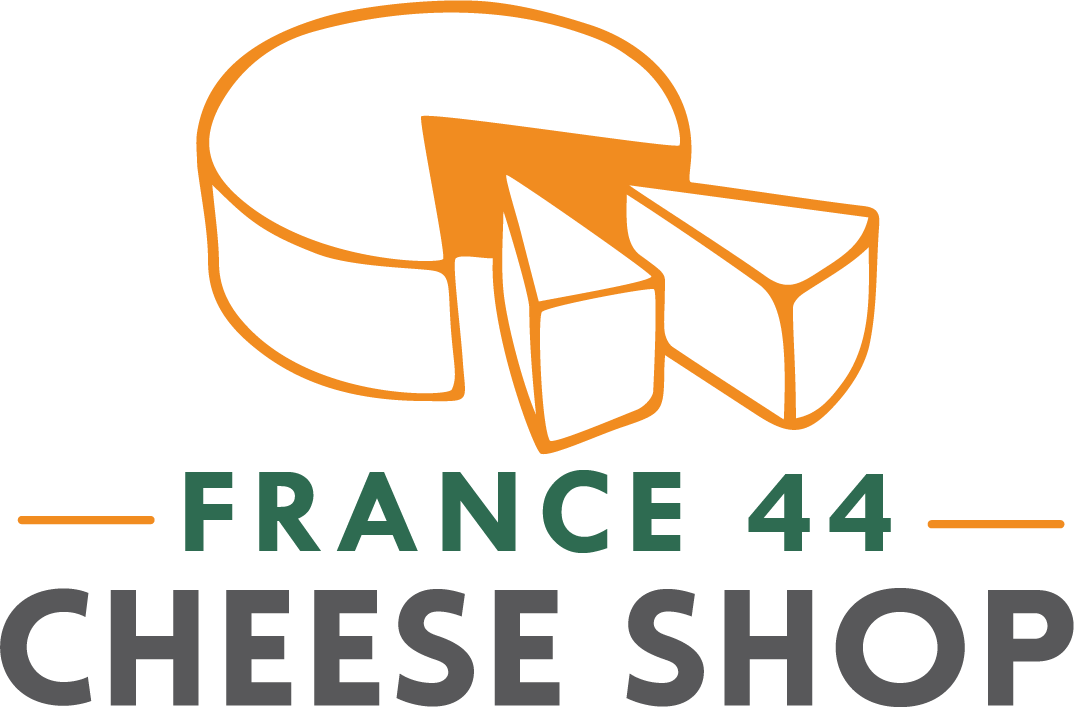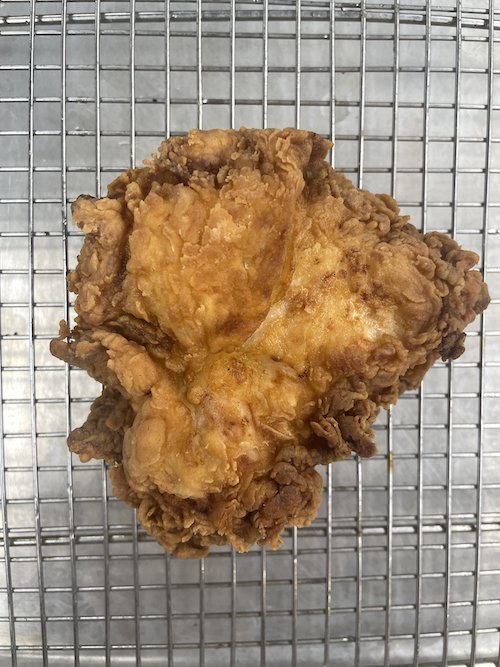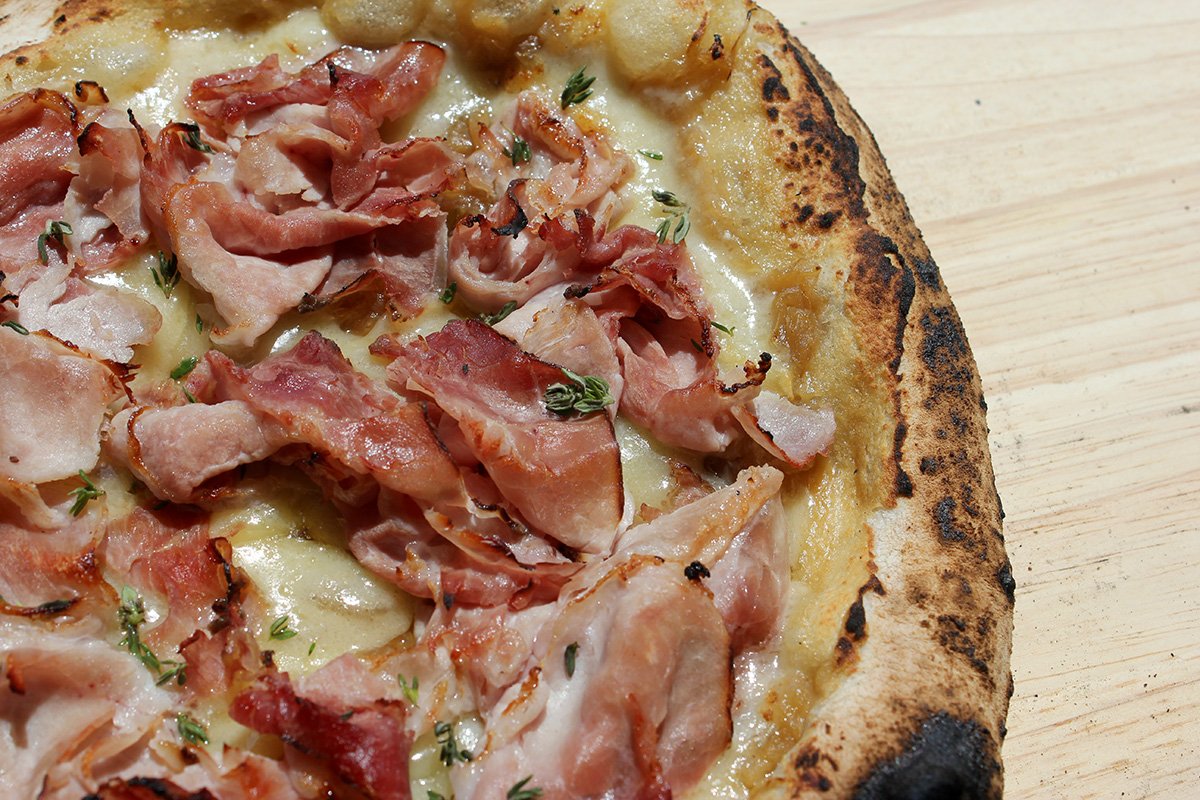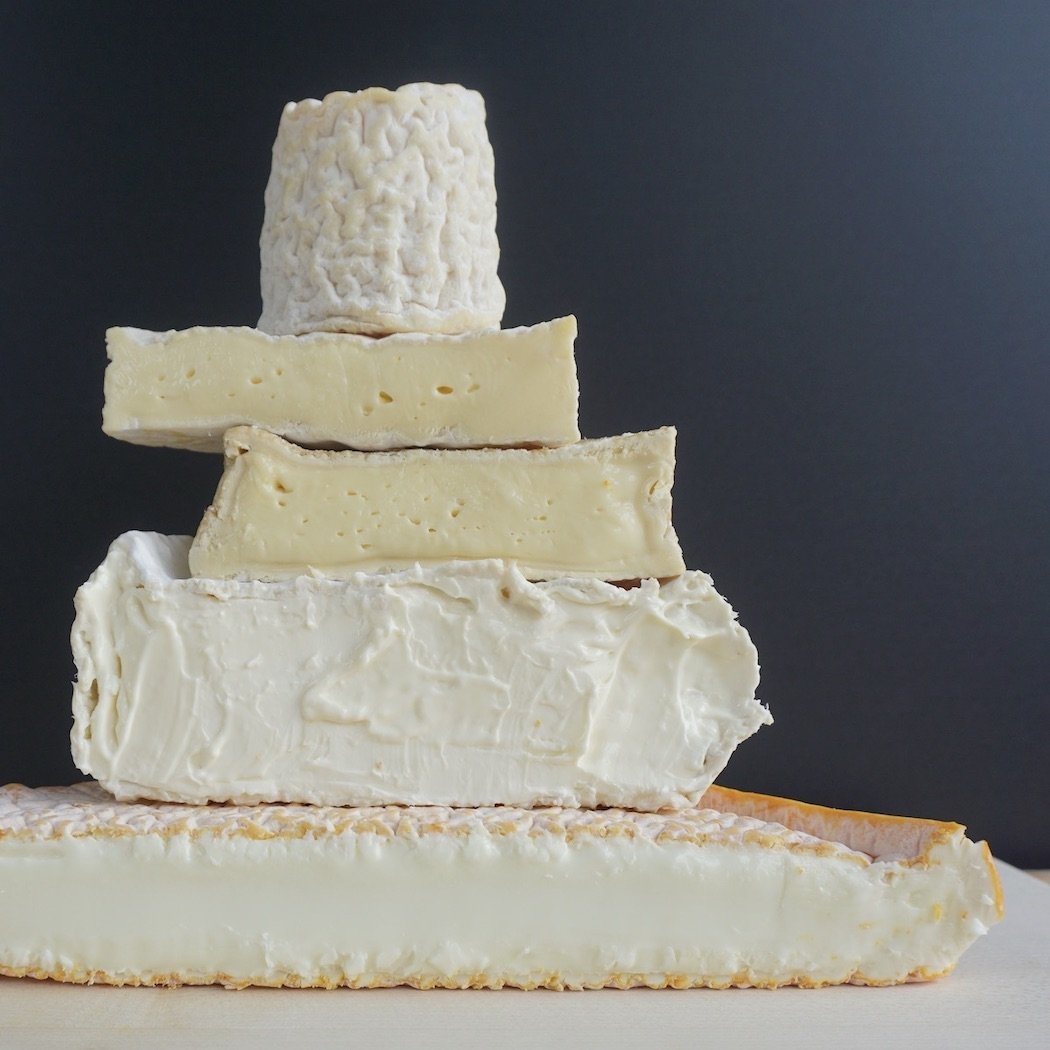by Austin Coe Butler
What you’re about to read may sound strange, but it is wonderfully, wildly true: there’s a multi-day event where people sit down to eat dozens of cheeses and judge them. It’s called the American Cheese Society Judging and Competition, and it happened in Minneapolis this past May. It’s a fantastic time in the cheese industry, when so many of us in our isolated shops and creameries across the country come together to celebrate. A few of our staff members were there all the way from receiving and breaking down the cheeses for the judges to crowning the winners!
ACS Judging and Competition was held at the Huntington Bank Stadium. Cheeses arrive in the most discreet manner: all branding or other information that can reveal its identity is removed or covered with tape to maintain anonymity. The only identifier is a coded label provided to the cheesemakers before the event. Each label consists of two letters and a number indicating the category, subcategory, and identity of the cheese respectively. For instance a label reading TC114 would mean this cheese is competing in the washed rind (T) cow’s milk (C).
An exhaustive number of categories and subcategories exist, and almost every imaginable cheese or dairy related product made in America besides a glass of milk is represented. Here’s a light sampler: Salted Butter with or without cultures; Creme Fraîche and Sour Cream Products; Cottage Cheese, Cheese Curds, Mascarpone and Cream Cheese; Cheeses wrapped in bark, leaves, or grass; Soft-Ripened Cheeses; Low Fat / Low Salt Cheeses; Italian Type Cheeses; Cheddars; and so many more. And each one of these categories is divided into subcategories like Flavored Cheeses, Butter, and Cultured Dairy Products with a vertiginous twenty-one(!) subcategories. You might feel full just reading this!
These cheeses are delivered to the stadium where they are received, organized, and wheeled to their designated walk-in refrigerators to be held for the next day’s judging. We’re talking four walk-in refrigerators designed for an industrial kitchen that feeds a college stadium all filled with speed-racks of cheese.
The next day judging begins with a complex routine of wrangling cheeses. In order to make sure the judges are tasting the best representation of the cheeses they are judging, the cheeses, depending on their size and style, must be pulled anywhere from an hour to several hours ahead of their judgement to temper or “temp.” The majority of the flavors we taste in cheese (and most other foods and beverages) consist of aromas perceived through retronasal olfaction, or a “backwards smelling” that happens in your mouth when you eat or drink. This is why we always say to let your cheese come up to room temperature before you eat it! People with walkie-talkies are radioing back and forth, and volunteers wheel speed-racks loaded with sheet trays of cheese through the hallways and up freight-elevators to get to the judging floor in time for the cheese to temp.
Judges (including our very own Benjamin Roberts) are paired off and assigned several categories and subcategories. Judges will take a sample of this cheese, either a core of a harder cheese, a slice of a softer one, or a spoonful of the softest, and then score them based on taste, flavor, aroma, texture, and appearance. It must be said that scoring cheese is a complex blend of managing the subjective bias of taste with scientific observation. (ACS has a forty-plus page lexicon and glossary to identify these qualities). They are also eating a tremendous amount of cheese, potentially over sixty different cheeses, which as pleasant as it might sound is actually quite hard. The judges’s scores are placed in a software that immediately calculates the overall points and ranking of the cheese, determining whether it proceeds to the final round of judging or not. Those that proceed are held, while those that don’t make the cut are wheeled back to the pantry to be broken down, repackaged, and delivered to local food banks.
On the final day of judging, best of show begins. A team of cheesemongers breaks down and portions the best of show candidates. Judges, refreshed and with a significantly smaller pool of cheese on the table, sample five of the categories and score them. Again, the scores go again into the magic algorithm which instantly calculates the winners. We didn’t learn the winners right away though! This year, the winners were announced at the ACS Conference in Portland, Ore., just two weeks ago, and we are proud to carry many ACS award winning cheeses:
Pleasant Ridge Reserve (1st place – open category washed rind cow’s milk)
Blakesville Lake Effect (2nd place – Open Category goat’s milk)
Blakesville Sunny Ridge (2nd place – open category washed rind goat’s milk)
Sherry Gray (2nd place – triple crème)
Liuzzi Burrata (3rd place – Burrata)
Dirt Lover (1st place – open category, sheep’s milk)
Marieke Gouda (3rd place – farmstead category, 60+ day cow’s milk)
Sogn Tomme (1st place – farmstead category, 60+ day sheep’s milk)
Carpenter’s Wheel (2nd place – open category goat’s milk)
Vermont Creamery Chevre (3rd place – rindless goat’s milk)
To celebrate, they’re all 15% off this weekend, so stop by and try some of the finest cheeses America has to offer.
By the way, next year’s ACS judging will be happening in Minneapolis again, so if you want in on the action and cheese, be sure to volunteer! We’ll see you there!










